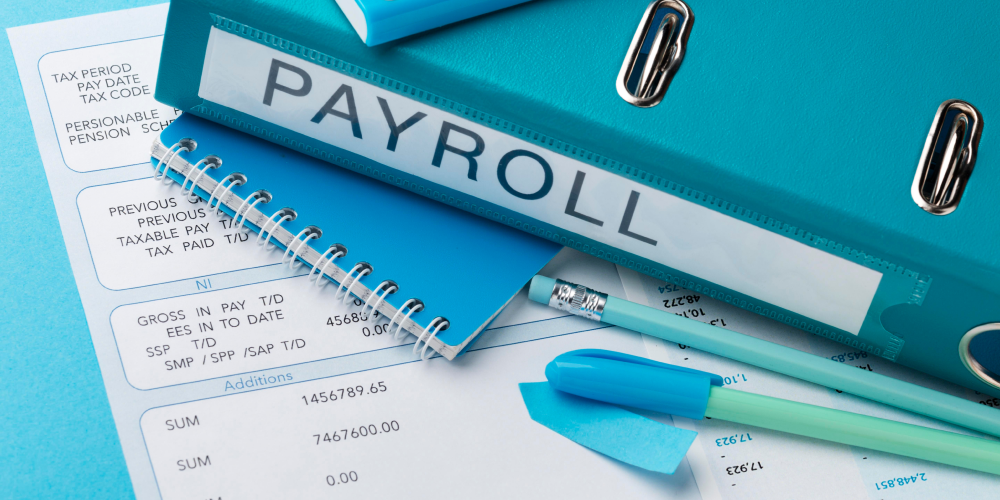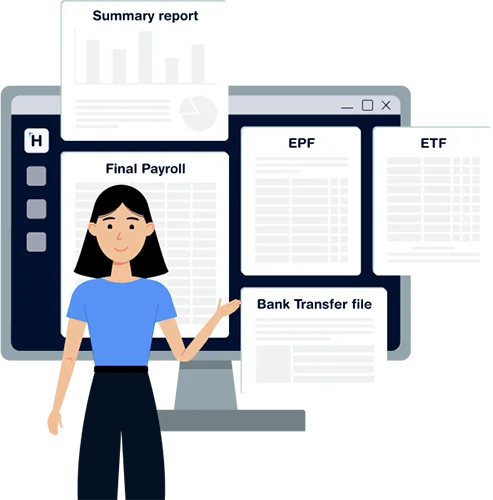Tracking employee attendance may seem like a straightforward task, until it’s time to process payroll. For many Sri Lankan SMEs, attendance data comes from multiple places: notebooks, Excel sheets, verbal updates, or biometric logs that aren’t connected to payroll systems.
The result? Delays, disputes, and time-consuming back-and-forth just to get salaries right. This is exactly why integrating a time-tracking system with payroll software is no longer a luxury, it’s a smart, practical step for any SME looking to grow with less stress.
Time and Payroll Go Hand in Hand
Whether you’re calculating overtime, managing no-pay days, or adjusting for late arrivals, payroll is entirely dependent on accurate time data.
But without a proper system:
- Time records may be incomplete or miscommunicated
- Overtime approvals get lost or forgotten
- Payroll officers spend hours matching logs to salary sheets
- Employees frequently raise concerns about salary discrepancies
In smaller businesses, where every team member plays multiple roles, these avoidable issues add unnecessary workload.
What Time-Payroll Integration Looks Like
Integration in this sense refers to how your time-tracking tool (whether it’s a biometric device, attendance app, or shift management system) is connected directly to your payroll software.
When this is in place:
- Working hours, late arrivals, and absences sync automatically
- Overtime is calculated based on real data, not assumptions
- No-pay deductions are applied only when required
- Payroll reports and payslips are generated with complete time records
All this happens without any need for manual data entry.
Key Benefits for SMEs
Across industries, from warehousing and workshops to tech teams and training institutes, a time-payroll integration can deliver clear benefits:
- Payroll Accuracy Improves
No more guesswork or late-night recalculations. You know every rupee paid reflects time worked.
- Processing Time Drops
When attendance data is already there, salary runs take minutes, not hours.
- Reduced Disputes
With automated records, there’s less confusion over deductions or OT. Employees can verify their own time logs.
- Manager Visibility Increases
Business owners and supervisors can see who’s working, when, and where, and spot absenteeism trends early.
- Cleaner Audit Trails
Digital records of time and pay create transparency, useful during Labour Department checks or internal reviews.
Tailoring Time Rules to Your Business
Most systems let you define your own policies:
- Grace periods for late arrivals
- Fixed or variable OT rates
- Whether weekends are counted
- Shift-based adjustments
This means SMEs don’t have to change how they operate. Instead, they set up the rules once, and let the system run in the background.
A Scalable Foundation
Even if you’re a 10-person business today, integrating time and payroll early creates a scalable structure. It reduces future admin, eliminates repetitive tasks, and makes it easier to onboard new hires or expand to multiple locations.
And for businesses with field teams or hybrid work models, digital attendance tools combined with payroll software make remote management much more straightforward.
Time-Payroll Integration Is a Simple, Practical Win
Time and payroll are deeply linked. Treating them as separate tasks only creates duplication and errors.
By integrating the two, Sri Lankan SMEs can move from reactive payroll to proactive, accurate, and confident salary processing, and make the entire team feel more supported and in sync.



